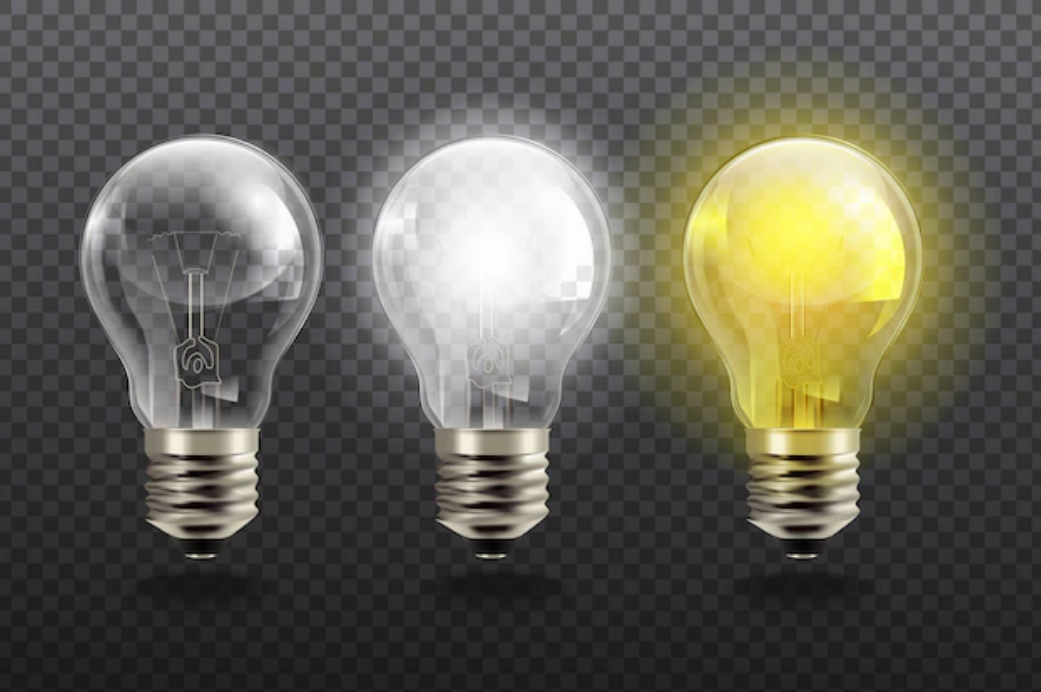
Get A Quote
Who Created LED Lights?-History of LED Light.
LED lights has completely replace the traditional bulbs. It has more advantages than traditional bulbs . So do you who created LED lights ? I will tell you who created LED lights and history of LED lights development.

The LED Bulb Chronicles
In the groovy world of LED bulbs, the saga kicked off back in 1961 when Robert Biard and Gary Pittman dropped the mic by inventing an infra-red LED light at Texas Instruments. The catch? It was so microscopic that it was like trying to find a needle in a haystack for everyday use.
Fast forward to '62, and Nick Holonyak, Jr. – the unsung hero aka the "Father of the Light-Emitting Diode" – stepped up the game at General Electric. He crafted the first LED that didn't play peek-a-boo, emitting visible, red light. A breakthrough? Absolutely!
As the '60s grooved on, scientists and tech wizards were like mad scientists, stirring their cauldron of semiconductors to whip up more efficient LEDs. Playing with different chemical substrates, they spiced things up with bright red and orange LEDs hitting the production floor.
Enter 1972, and M. George Craford, rocking it at Monsanto, became the LED maestro. Using a red and green diode combo, he summoned a pale yellow light that stole the limelight. Craford's LED, shining ten times brighter than Holonyak's creation, catapulted Monsanto into LED stardom as the first mass producer.
LED Revolution
The '90s saw scientists on a roll, experimenting with substrate materials and dishing out bright green, orange-red, orange, and yellow LEDs. But the real game-changer was in '94, when Shuji Nakamura unleashed ultra-bright blue LEDs, setting the stage for today's LED extravaganza. Dive into "What is Blue Lights?" for the deep dive on blues.
The plot thickened as scientists coated blue LEDs with fluorescent phosphors, birthing white LEDs. The U.S. Department of Energy was all jazzed up, giving the green light for further development. And just like that, LED lights strutted into commercial and residential spaces.
LED Lights Today: The Flashy Evolution
Fast forward to today, and LEDs reign supreme as the energy efficiency champs. They throw shade at the traditional 60-watt incandescent bulbs, flexing with a mere 10 watts to produce the same dazzling light. Why? Because LEDs are party animals, converting almost all their energy into light, leaving the incandescents sweating it out as heat.
Gone are the days of LEDs being VIP-exclusive with limited colors and a hefty price tag. Thanks to technological leaps, they're now the cool kids on the block, available in a kaleidoscope of colors, and boasting killer color rendering indexes (CRIs).
Shades of LED
The OG commercial LEDs rocked blue-white light, but today's LEDs are like a disco ball with warm, golden vibes (2700K-3000K) and crisp, blue-ish whites (5000K).
Picture this: soft white (2700K) setting the mood for lobbies and chill residential spots.
Bright white (4000K) taking the stage in workspaces, from kitchens to garages.
Daylight (5000K) stealing the spotlight for productivity, perfect for reading, working, and spaces needing that high-energy buzz.
Color Me CRI-spy
Enter the Color Rendering Index (CRI) – the higher, the cooler. This index is like the superhero that helps your eyes decipher colors. Scaling 0-100, a perfect 100 means colors pop like they're soaking up natural sunlight.
CRIs of 80 and above are the everyday heroes, good for most gigs.
CRIs hitting 90 or above are the high rollers, ideal for places where nailing color accuracy is the name of the game.
Conclusion
The evolution of LED lighting is truly remarkable, transforming from a humble indicator light to becoming a primary illumination choice for homes, offices, schools, and hospitals. If you want to learn more about LED lights , come to INFRALUMNI . We have variety kinds of LED Lights.
